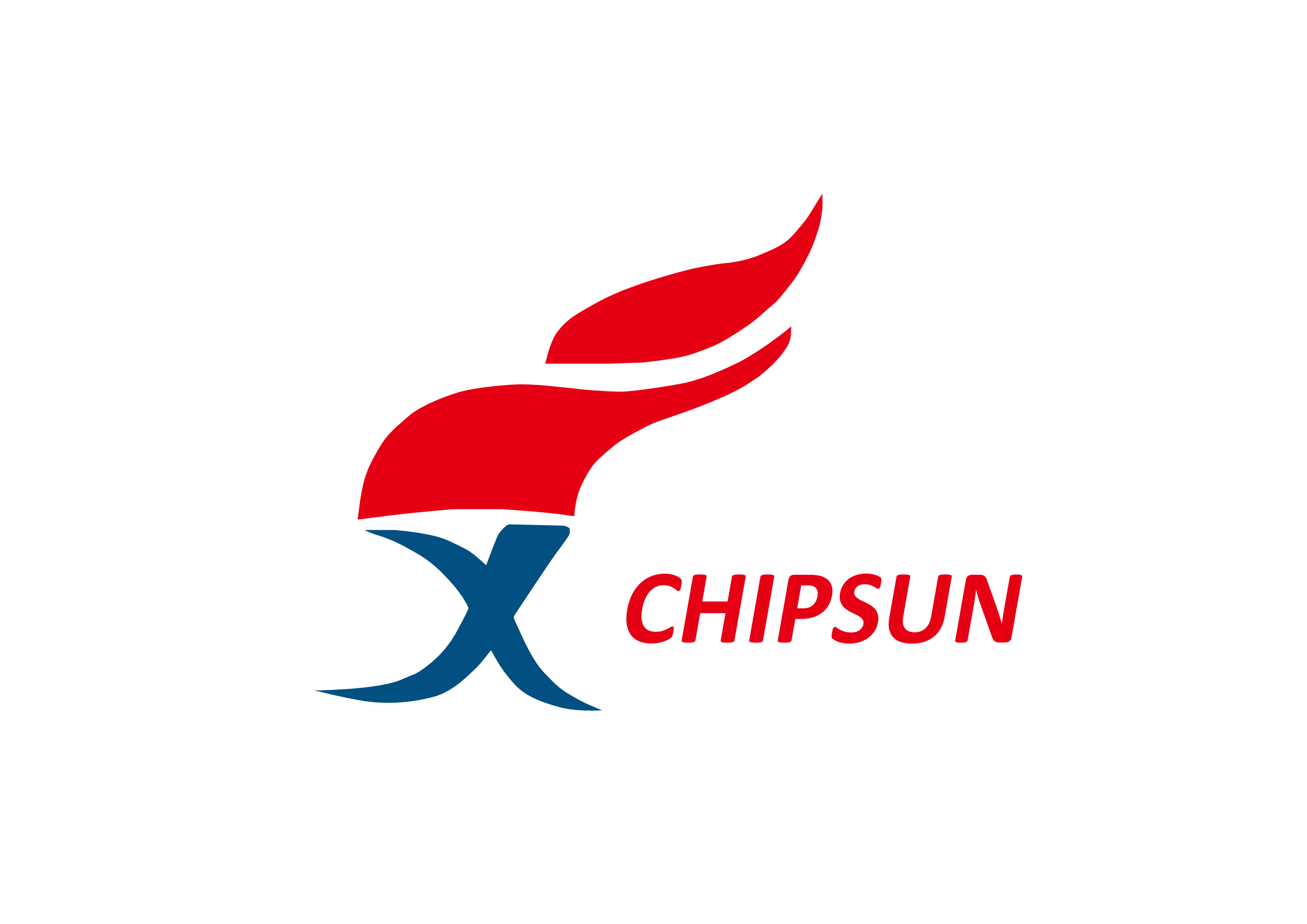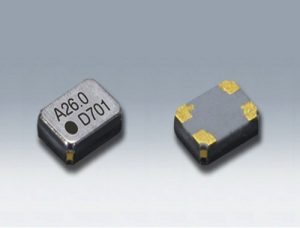The Understanding of VCXO Oscillator performance and their Applications
What is meant by a VCXO oscillator?
- A crystal oscillator called a VCXO changes its output frequency in response to the applied control voltage. If stability and ageing are considered in the computation, the change of a VCXO’s output frequency is known as pull ability, total pulling range, or absolute pull range (APR). It is expressed in parts per million (ppm). A varactor diode, a crystal, and accompanying electronics make up a VCXO’s oscillator circuit. A restricted range of frequency pulling is possible because of quartz’s high Q (Quality) factor. They also provide good performance with reduced phase noise and jitter.
- VCXOs are typically used in combination with a phase-locked loop and for fine-tuning the operating frequency (PLL). A VCXO might have different levels of pull ability. Others may need hundreds of ppm of pull, while some need 50 ppm. Telecom, test and measurement, and broadcast equipment are examples of uses for VCXOs.
- Precision oscillators, VCXO oscillator,come with several benefits and may be used in various applications. These oscillators provide a wide working temperature range, changeable frequency range, and low power consumption. VCXO oscillators are perfect for use in several applications because of all these qualities.
The applications of the VCXO oscillator:
There are several uses for VCXOs. Here are a few examples:
- Temperature-controlled crystal oscillators:
TCXOs, also known as temperature-controlled crystal oscillators, employ voltage-controlled crystal oscillators, or VCXOs, in which a temperature compensation voltage is delivered to a control terminal of the VCXO. The drift can be greatly diminished in this way. Although the performance of a VCXO is still inferior to that of a complete oven-controlled crystal oscillator, it can deliver an equal routine superior to that of a solitary uncompensated quartz oscillator and, for a lot, a smaller amount of money.
- Narrowband phase locked loops (PLLs):
In a different application, VCXOs may be utilized in PLLs that only require a small degree of frequency change. They can offer extremely high amounts of phase noise in this situation. In this position, they might be applied to signal reconstitution.
- Various uses:
Wherever a reliable, low-phase noise oscillator that can be trimmed or changed by a relatively tiny amount is needed, VCXOs are employed in other electrical systems. Usually, these applications are found in several RF designs and timing circuits.
The Performance of the VCXO oscillator:
With this method, it is rather simple to generate VCXO statistics of frequency difference of about 35 to 50 ppm/volt, and VCXOs with these figures are fairly widespread. The ability to pull the VCXO’s frequency inevitably impacts the oscillator circuit’s overall performance. Due to the resonator’s effective Q being significantly diminished, the oscillator’s phase noise performance suffers. Furthermore, there needs to be more frequency constancy.
The VCXO oscillator to be specified:
Ordering VCXOs from a specialized provider of these components, several VCXOs are bought as modules. To get the desired product, they must be properly specified. Typically, the following parameters are required when defining a VCXO:
- Frequency:
The frequency is often stated in MHz for frequencies exceeding 1.0 MHz and kHz for frequencies. For the manufacturer to be able to determine the necessary frequency, it must also be supplied with the right number of decimal places. For the precise number—which often has six or seven significant figures—refer to the manufacturer’s specifications.
- Frequency response stability:
Even though Vcxo varies, the fundamental frequency constancy has to be provided. Typically, this is carried out at 20°C room temperature with the power control opinion set to the middle worth. For operation across the operating temperature range, frequency stability is considered. The amount is expressed in parts per million, or ppm.
- Output:
For a variety of applications, VCXOs are necessary. Some may drive different types of logic, while analogue applications may call for other types. The output specifications are a crucial component of the general requirement.
- Operating temperature range:
Most voltage-controlled crystal oscillators have an operating temperature variety within which they will operate. In light of this, a VCXO range must be specified. It should be kept in mind that an item of equipment frequently experiences a temperature rise, which causes the electronic parts to operate at a higher temperature than the surrounding air. To choose a VCXO oscillator with an appropriate operating temperature range, this must be taken into account throughout the circuit design process.
- Deviation or Pull ability:
A VCXO’s deviation or pull ability is the frequency range across which it may be pulled or trimmed, and it is often specified for the range of allowable input control voltages. Parts per million, or PPM, express the VCXO variation for a given voltage. Large deviation numbers, as one might anticipate, result in a wider change range, whereas VCXOs with lesser degrees of deviation offer more constancy and less stage sound.
As a general guideline, it is advisable to avoid specifying a wider deviation range than is necessary. This is because a VCXO with a larger deviation range will be less stable over time and at different temperatures.
- Supply voltage:
The VCXO’s supply voltage must be specified to match the supplies included in the electrical design. A tighter voltage specification than the VCXO requires may frequently be provided by any voltage regulator. Still, it is always worth verifying during the electrical design process to avoid unpleasant surprises later. Check the supply’s tolerance to make sure there is no mismatches intolerance.
Conclusion:
Voltage-controlled crystal oscillators, or VCXO oscillator, are a common component in various electronic systems. They are frequently used in communications systems, RF systems, and other applications that need accurate timing to control frequency accuracy and stability. ChipSun Technology offers R&D solutions, turnkey solutions, e-commerce, and other value-added services to fulfil the demands of various clients, including electronic manufacturing service providers, original equipment manufacturers, and original design manufacturers. Through consistent efforts, our quality and service have gained the respect and trust of the clients.

